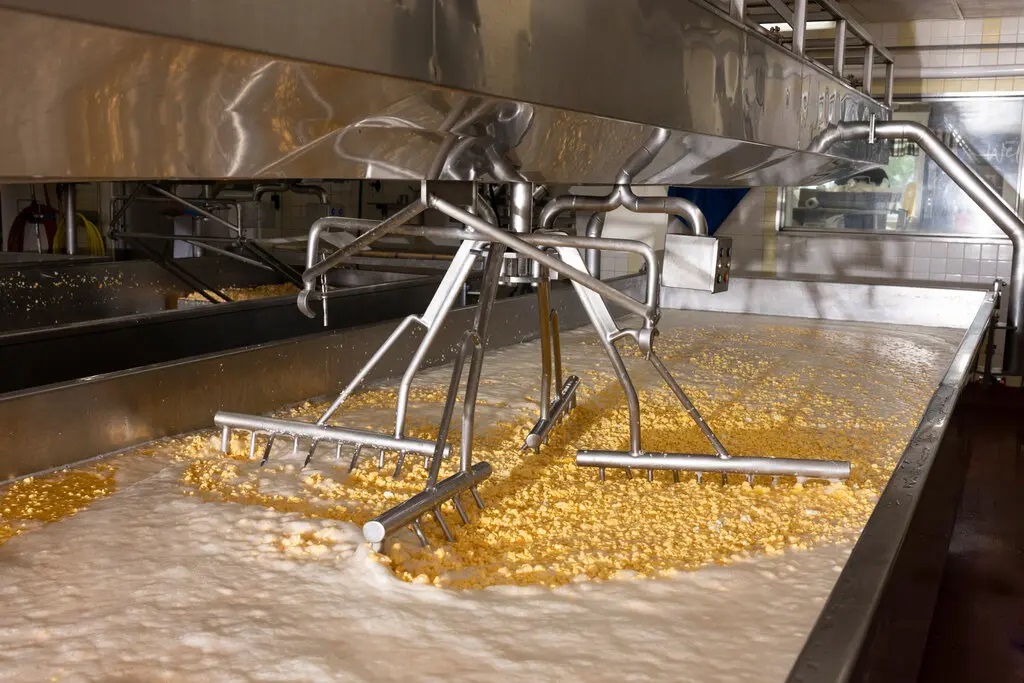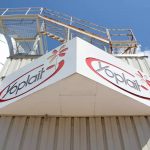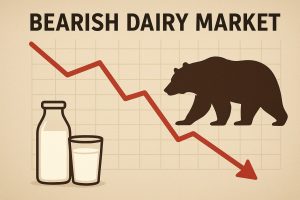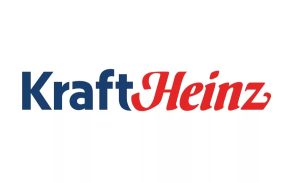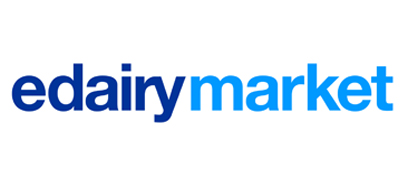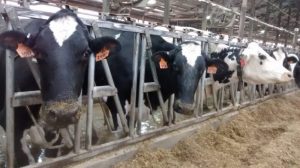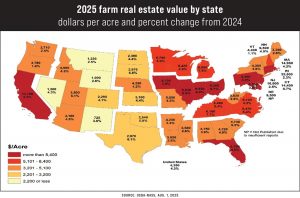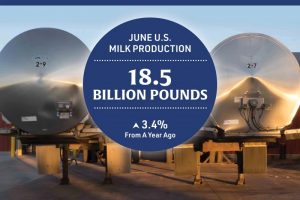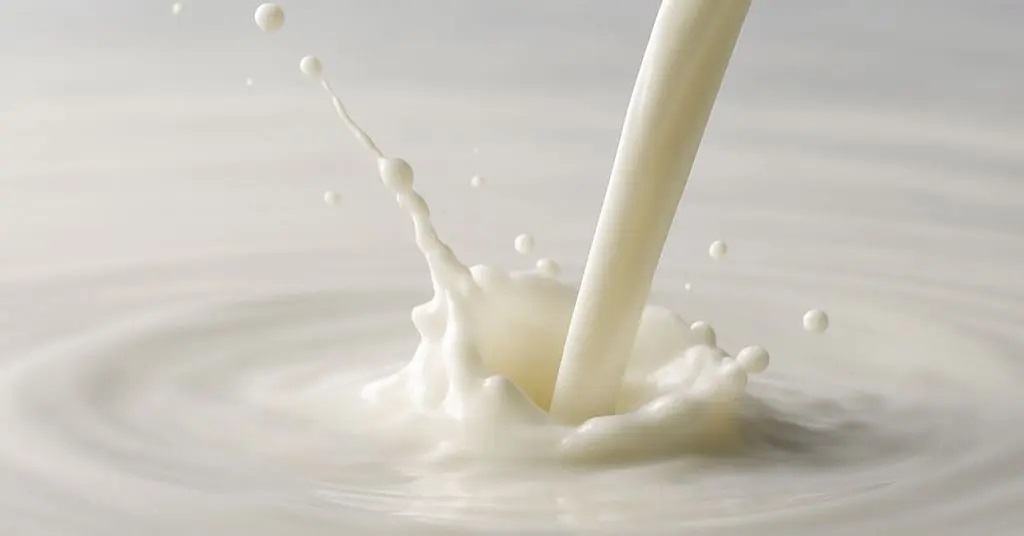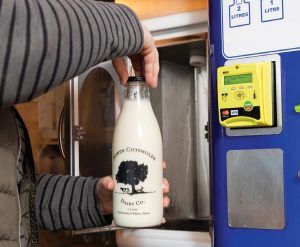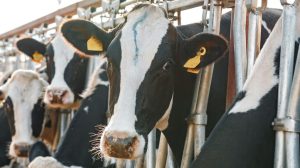
From Waste to Wealth: How Byproduct Powers Profits & Transforms Milk Industry.
The American protein obsession is fundamentally reshaping the dairy industry, transforming what was once considered a waste product—whey—into a highly lucrative commodity. Ken Heiman, a Master Cheesemaker and CEO of Nasonville Dairy in Wisconsin, reveals that while his company produces vast quantities of cheese, the primary driver of profitability is now whey. This liquid byproduct, rich in protein, is meeting the surging demand from consumers ranging from weight lifters to users of GLP-1 drugs like Ozempic, who are advised to increase protein intake to prevent muscle loss.
The newfound value of whey protein stems from its ability to deliver concentrated protein in a low-calorie format, aligning perfectly with two decades of rising health and fitness trends. Doctors recommend higher protein for healthy aging, and its popularity is soaring among weight lifters, including a growing number of women and Generation Z. Furthermore, prevalent eating trends like Keto diets, alongside the recent boom from anti-obesity medications, have turbocharged demand. Estimates for the whey protein market range from $5 billion to $10 billion, with analysts projecting a doubling over the next decade. The price of high-protein whey powder alone has tripled since 2020.
This dramatic shift in demand has completely altered the economics of the dairy industry. Historically, whey was a disposal problem, often pumped into rivers or used as cheap animal feed. However, as dairy industry consultant Mike McCully points out, there are now times when cheese itself becomes the byproduct, with whey production generating more revenue for cheese plants. This transformation is evident in dairy farmer milk checks; while whey contributed an average of 2.7% to monthly milk checks in the early 2000s, it has consistently made up 8.7% since 2021, sometimes exceeding 10%.
The increased value of whey has served as a crucial buffer for dairy farmers, especially given that the inflation-adjusted price farmers receive for milk has remained stagnant for 25 years. Farmers like Josh Meissner of Norm-E-Lane in Wisconsin, who manage large-scale operations to control costs, still have limited control over milk prices, operating as “price takers.” Their milk, sold to cheese producers like Nasonville Dairy, fetches essentially a federally regulated co-op price, with the rising whey market preventing prices from collapsing during challenging periods.
However, the long-term outlook for whey protein suggests that its “boom time will eventually end,” as new cheese and whey plants are rapidly being built, likely turning it into a commodity like fluid milk before it. This foresight is driving forward-thinking dairy producers and processors to diversify. Norm-E-Lane is venturing into raising Angus steers, capitalizing on high beef prices, while Nasonville Dairy is focusing on specialty cheeses, such as ghost pepper Jack, which are less susceptible to the commoditization that affects larger, more efficient factories.
Source: The New York Times: America’s Protein Obsession Is Transforming the Dairy Industry
You can now read the most important #news on #eDairyNews #Whatsapp channels!!!
🇺🇸 eDairy News INGLÊS: https://whatsapp.com/channel/0029VaKsjzGDTkJyIN6hcP1K
